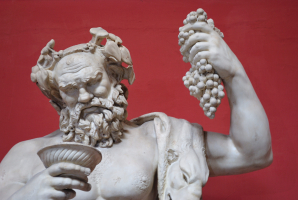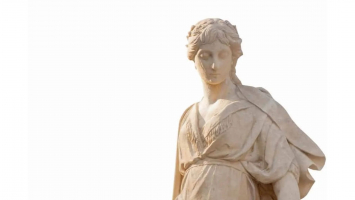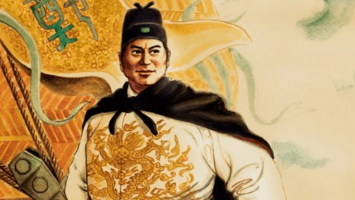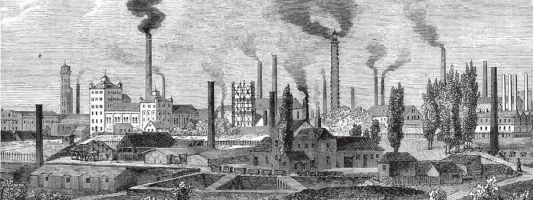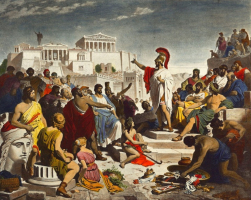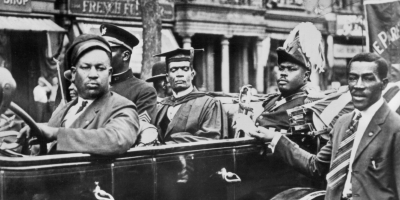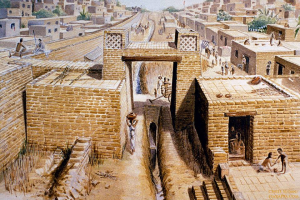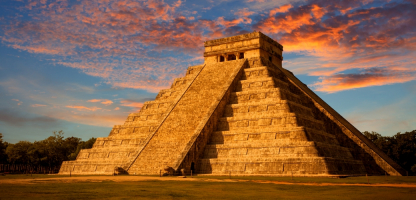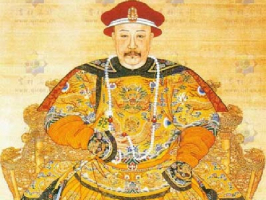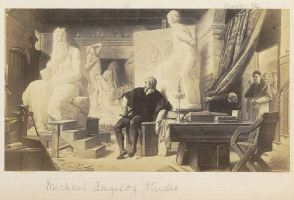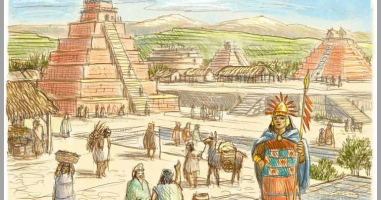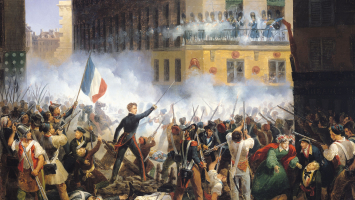Top 10 Interesting Facts About The Greek God - Hephaestus
Hephaestus was identified as the son of the supreme god Zeus and his queen, Hera. Hephaestus was born on the Greek island of Lemnos and learned his craft from ... read more...the gods on Mount Olympus. It is believed that Hephaestus gave mankind art, and several Greek myths recognize him as one of the 12 major Olympian gods. Here are 10 interesting facts about the Greek God of fire and volcanoes.
-
In Greek mythology, Hephaestus (Hephaestos) is the god of fire. The first of 10 interesting facts about the Greek God mentioned in this article is that his worship possibly predates the ancient Greeks. Archaeological excavations on the island of Crete in Greece from 1900 to 1970 discovered the city of Knossos, now considered the oldest city in Europe. The city was the political center of the Bronze Age (c. 3300-1200 BC) Aegean civilization, which we call the Minoan civilization, and may have stimulated the growth of the Mycenaean civilization.
In the excavated city of Knossos, an inscription showing the worship of Hephaestus was found. This inscription is written in Linear B, the syllabary used by the Greeks of the Mycenaean civilization. This is centuries before the Greek alphabet. Therefore, the Greek deity Hephaestus may belong to a group of Pre-Indo-European languages spoken in Pre-Indo-European languages, indicating worship of pre-Greek gods.
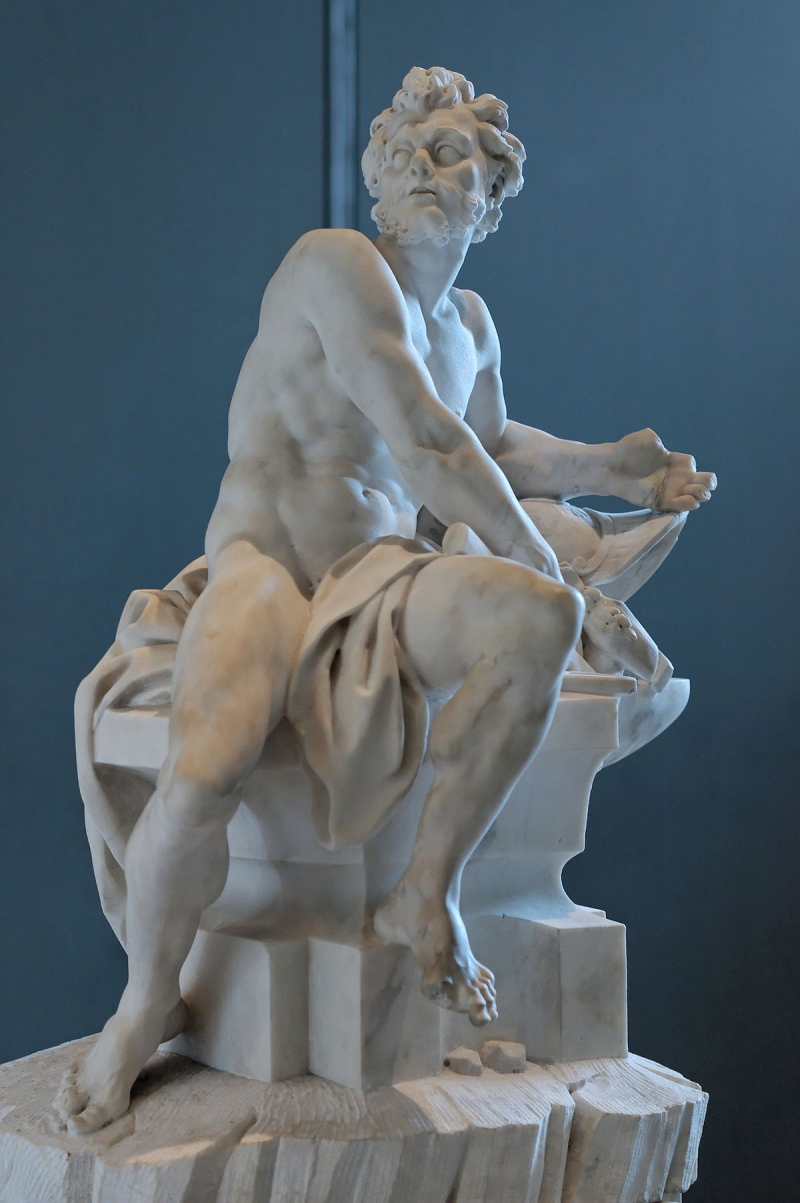
Source: Wikipedia 
Source: Mythology Source -
According to ancient Greek mythology, Lemnos was Hephaestus. According to some stories (like Iliad), Hephaestus was thrown out of heaven by Zeus while trying to save his mother Hera from Zeus's attack. The god of fire landed on Lemnos Island for one day and was greeted and cared for by the Sintians, a tribe of inhabitants of the island. The Sintiers trained him to be a skilled craftsman. Growing up, Hephaestus established his workshop on the island of Lemnos and became the guardian deity of the island.
Other myths (such as Apollo Dors) blamed Hera for throwing Hephaestus out of Olympus because Hephaestus was ashamed of the ugly and malformed child. In these stories, Hephaestus is raised on the island of Lemnos by the sea nymphs Thetis and Eurynome. Some stories also include both of the above stories. The first fall by Zeus loses Hephaestus's leg, and the second fall by Hera takes him to Remnos, where Thetis and Eurynome act as his surrogate mothers for nine years.
In another story, Hephaestus was a premarital child of Zeus and Hera and was born on the island of Lemnos. He took care of a blacksmith named Kidarionas and was left here, and Hephaestus learned blacksmithing techniques from his caretaker. Next to Athens, Lemnos saw the worship of Hephaestus. The ancient capital of the island is named after the god Hefaestia.
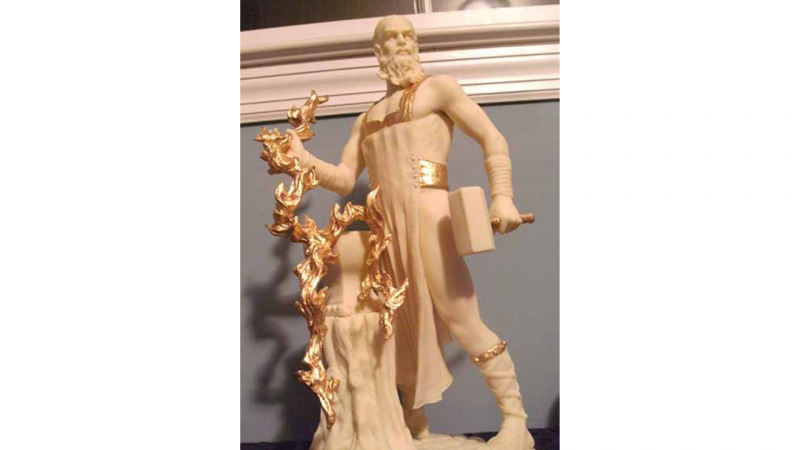
Source: Crystalinks 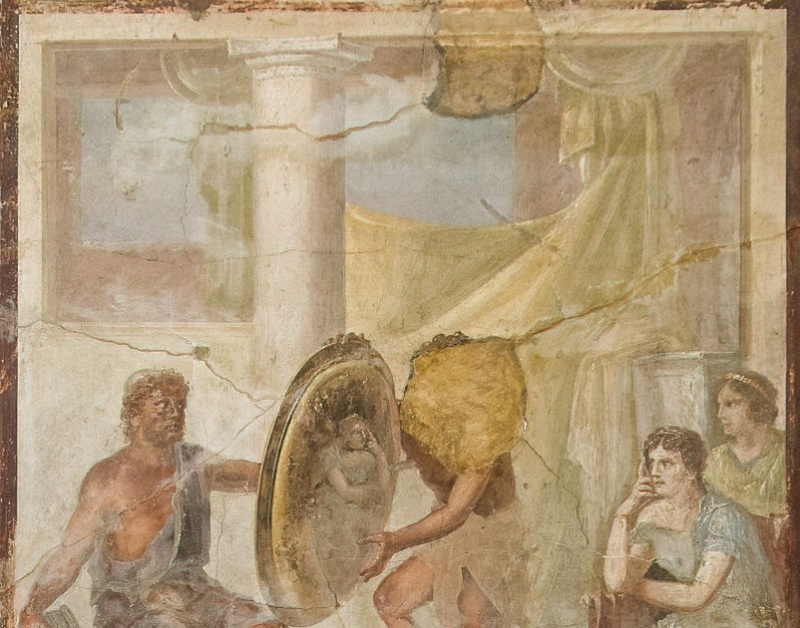
Source: Roman Times -
The myth about the birth of Hephaestus is contradictory, but a more accepted idea is that the goddess Hera created him herself. The saying goes, before he married Hera, Zeus was married to Titanes, named Metis. Zeus became anxious and worried when he realized that Metis would eventually give birth to a son who might be strong enough to beat him. So he turned his first wife into a bow tie and devoured her unaware that she was already carrying his first child. This later caused Zeus a terrible and intolerable headache, making him desperate for salvation. Finally, one day he ordered him to break his head and open it, and the goddess Athena appeared from his father's head.
The birth of Athena infuriated Hera. She was fooled by Hera as her wife, and she was jealous of Zeus giving birth to such a brilliant child alone. Because of her jealousy, she decided to give birth to a child by herself. Therefore, Hephaestus was born from the will of Hera by parthenogenesis (reproduction without fertilization). But unlike Athena, who was born perfectly, Hephaestus was born ugly and malformed. Tired of his son's imperfections and failures, Hera rejected Hephaestus at birth.
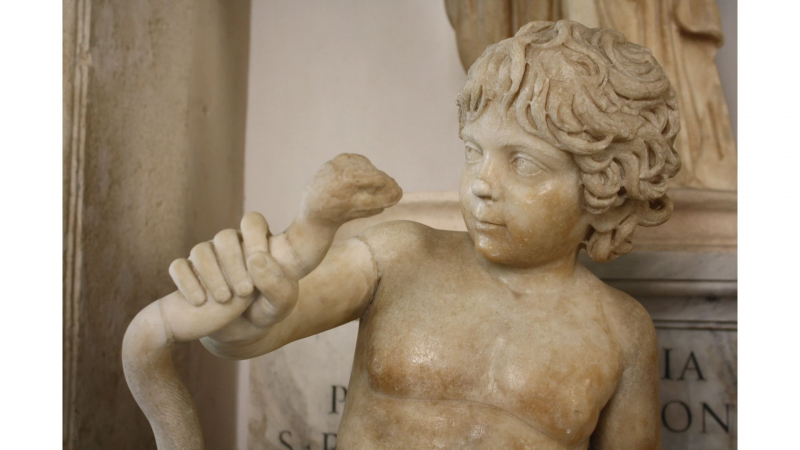
Source: World History Encyclopedia 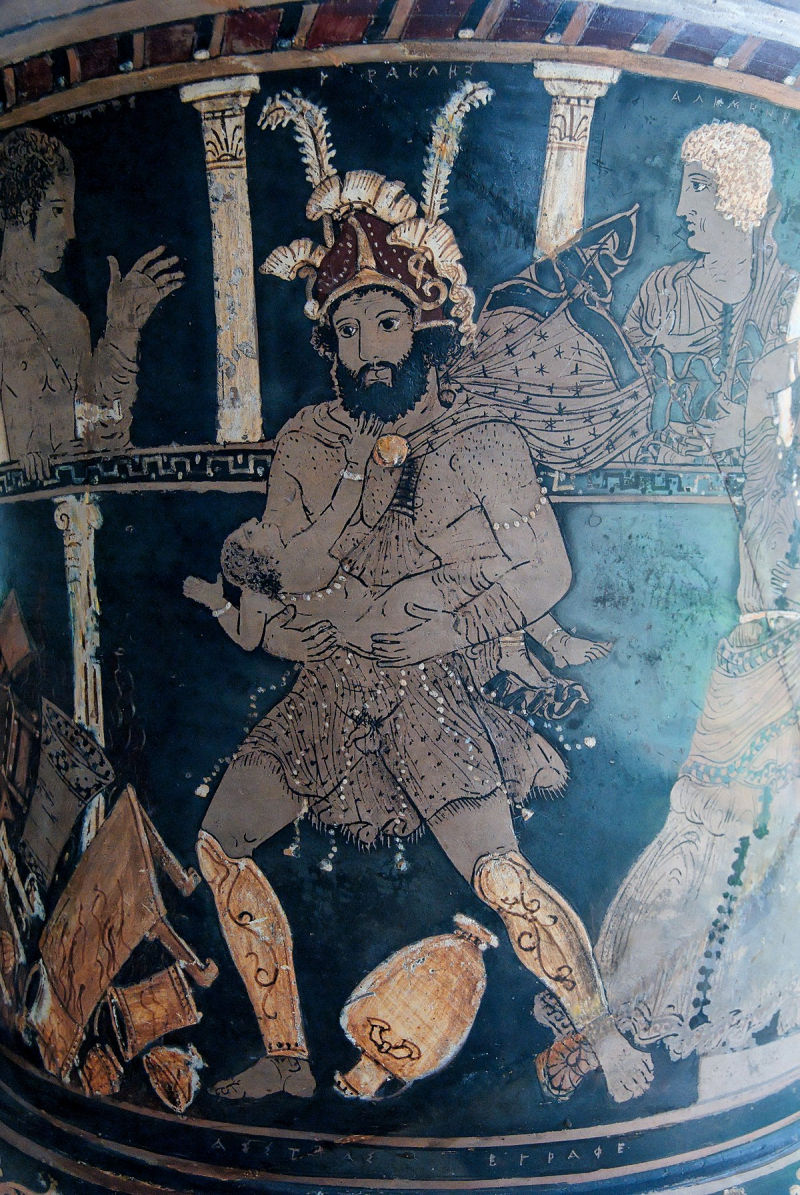
Source: Wikipedia -
According to Greek mythology, the smithy of Hephaestus was located at Mocyclos volcano on Lemnos. At the foot of this burning mountain stood an ancient temple dedicated to the god of fire. It was believed that it was from this very place that Prometheus stole the heavenly fire from the gods. Known for his wit and intelligence, Prometheus fools the goddess by throwing a golden pear (an apple in some versions) into the courtyard with the message "for the most beautiful goddess of all". Prometheus was later punished by the gods and was nailed alive to the rocks of the Caucasus by Hephaestus. His punishment would not end there, and Prometheus's liver was bitten by an eagle sent by Zeus but only grew daily to make him suffer forever.
Fortunately, years later, the great hero Heracles killed the eagle and saved Prometheus from pain. Zeus wanted Prometheus to remind him of his punishment forever, so it's a kind of freedom-he tells Prometheus to make a steel ring from the chain he was on and then wear it. Since then, humanity has begun to celebrate Prometheus and make rings to commemorate his help.
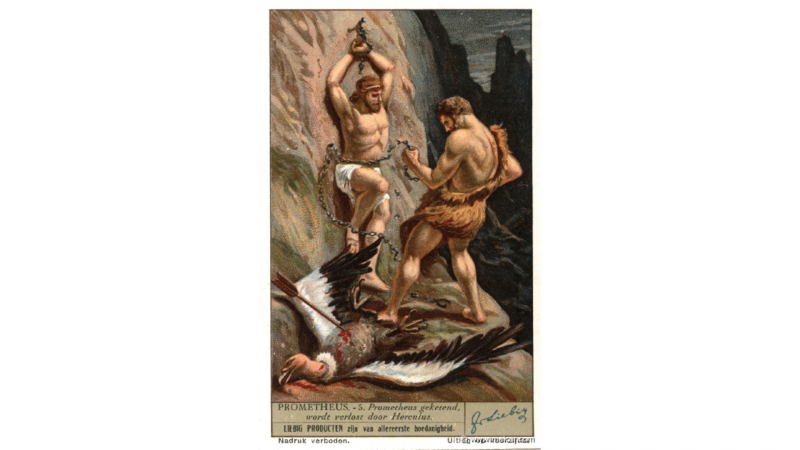
Source: maicar.com 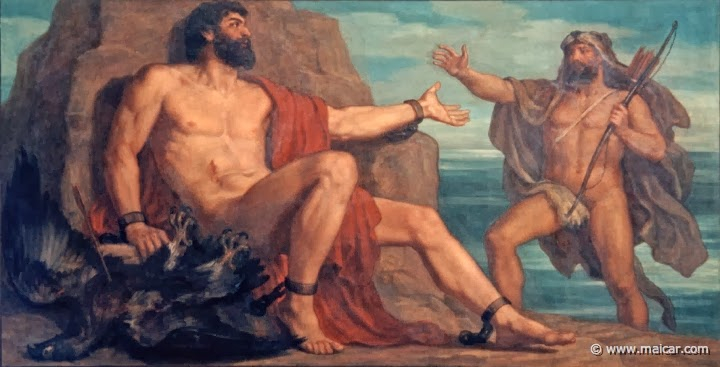
Source: maicor.com -
One of 10 interesting facts about the Greek God is that the festivals of Chalkeia and Apaturia in Athens honored him. Outside of Lemnos, the Hephaestus cult spread to Athens, and many people engaged in crafts such as metalworking and pottery recognized him as a guardian deity. The feast of Chalkeia was celebrated on the last day of Pyanepsion (October or November in the Attic calendar). It was a festival of craftsmen and bronze workers.
The festival celebrated Athena and Hephaestus and praised both gods as the guardian deities of Athens and the gods of handicrafts. In the same month of Pyanepsion, the Apaturia festival was also celebrated in Athens. At this festival, a young man received the seal necessary to marry the Temple of Zeus and the Temple of Athena. Hephaestus was celebrated here not as the god of fire, but as the bridegroom, husband, and father of the Son of God. A torch was lit on his hearth, a song of his praise was sung, and a sacrifice was offered to him.
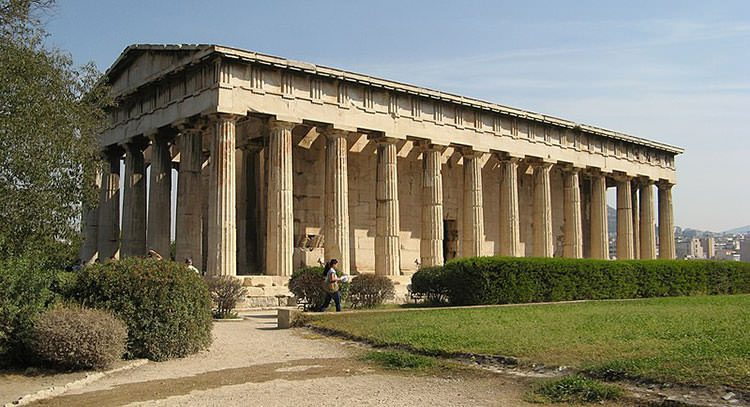
Source: learnodo-newtonic 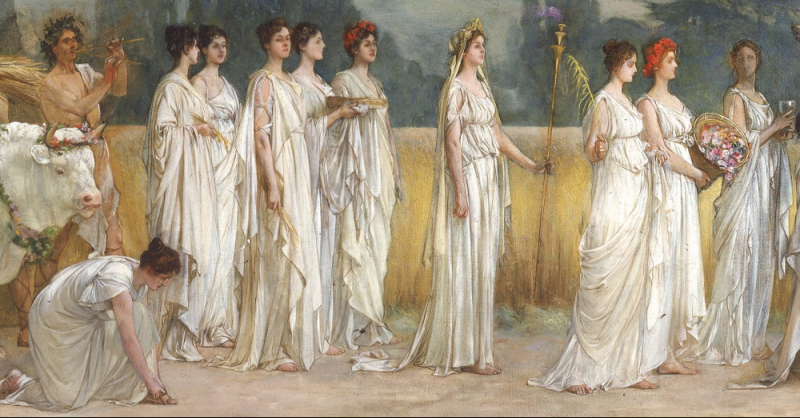
Source: Greek News Agenda -
When the Romans took over the Greeks, Hephaestus transformed into the Roman god Valcanus, like the other gods of the Greek Pantheon. Zeus (Jupiter), Hera (Juno), Athena (Minerva), Ares (Mars), Hermes (Mercury), Aphrodite (Venus), Poseidon (Neptune), Demeter (Ceres), Artemis (Diana), Hestia (Vesta). Gods that look like Hephaestus have also been observed in other ancient cultures. The Egyptian god Ptah was worshiped as a patron saint of craftsmen and architects.
In Germanic/Norse mythology, the blacksmith Wayland is considered a Master Smith, who used his supernatural abilities to forge exquisite weapons and ornaments. In the Vedic and Dermic traditions of India (Bharatas), gods such as Tvashtr, Vishvakarma and Agni are typical examples. The good gods of the White Tengris or Buryats are said to have sent Sky Smith's Boshintoi and his family, who taught humanity the art of metallurgy, to Earth. The Mesopotamian god Mummu is a craftsman who is considered to be the embodiment of practical knowledge and technical skills. For the Phoenicians, Chuzor is also the god of armor, blacksmiths, and fishermen, famous for his inventions in fishing, voyages, and blacksmithing.
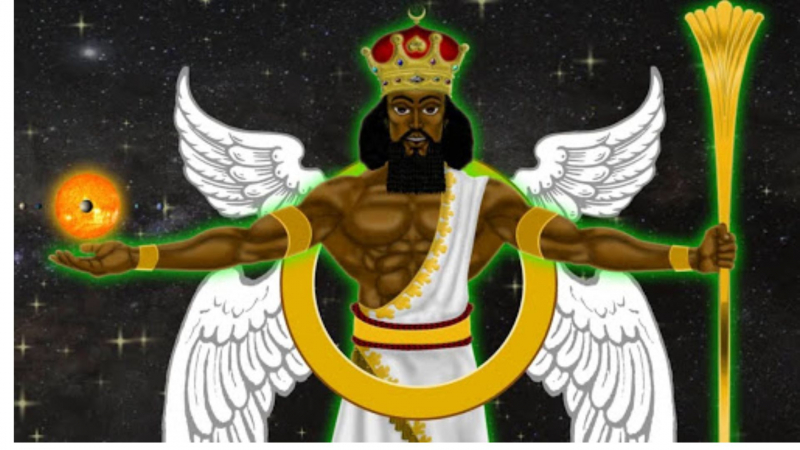
Source: The Lone Girl in a Crowd 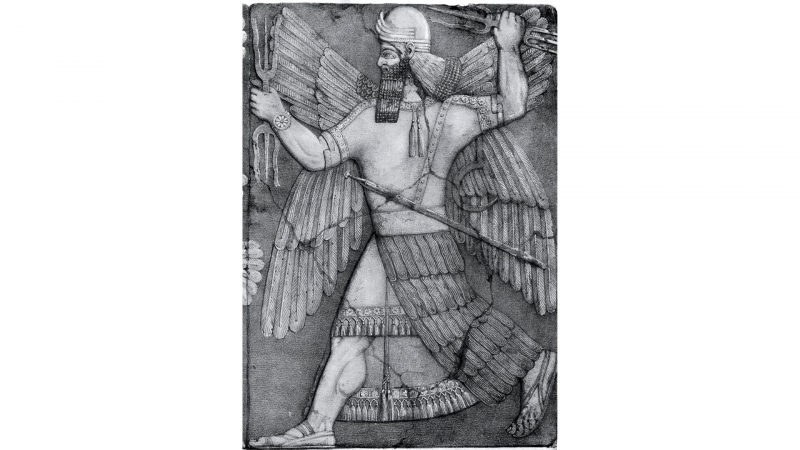
Source: Wikiwand -
The lame and ugly Hephaestus is unique among the other perfectly beautiful Olympian gods, but when observing other ancient cultures, he is not alone. For example, the Egyptian god Ptah may be depicted as a naked and deformed dwarf. Another prominent example is Wayland. The Smiths in early Germanic/Norse mythology. In the poem Völundarkviða, found in the Old Norse poetry collection "Poetic Edda" in Iceland in the 13th century, Wayland was once captured by the evil King of Sweden (King Nids).
Kothar-wa-Khasis is a Ugaritic god (an extinct Semitic) whose name can be translated as "skillful and wise." Another of his names, Hayyan hrs yd, means a skilled or skilled hand with both hands. Perhaps an indication that he is limping, Cotard is said to have been recognized from a distance by his unique gait. Some researchers have concluded that with examples like the one above, these stories may indicate the real dangers associated with Bronze Age metallurgy.
Aside from the obvious dangers of trade, ancient metal workers have been observed to use toxic substances such as arsenic in the production of bronze. Prolonged exposure to these substances can damage the appearance of the human body, damage nerves, and cause a variety of other problems.
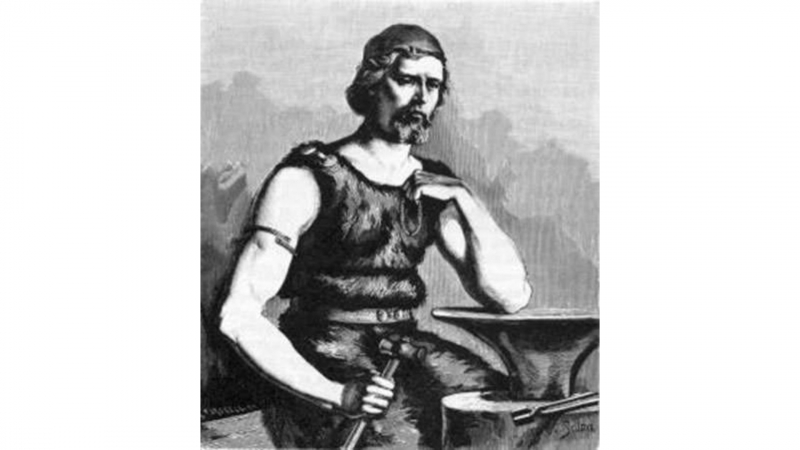
Source: learnodo-newtonic 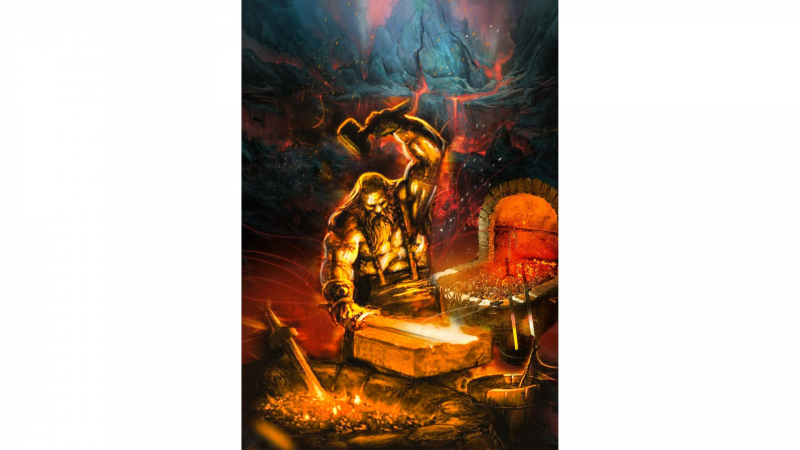
Source: gods-among-us.fandom -
Despite the genius of his work, which produced almost all of the most important weapons, artifacts and notables in Greek mythology, Hephaestus is not known to dominate the status of other Olympic athletes. Homer's Iliad often emphasizes the pain and humiliation of God, who was ridiculed for his deadly wounds. Unlike the carefree life of other gods, Hephaestus spends most of his time in the smithy and puts a lot of effort into it. Therefore, he is consistently portrayed as having a high percentage of human experience compared to other Olympic athletes.
In art, Hephaestus was usually described as a bearded, chunky man. He generally wears a tunic and hat called a pillow. You can see him with his commercial tools such as hammers, tongs, bellows, and fire brands. Due to his iconic lameness and ugliness, some artistic depictions have also attracted attention to it. While classical Greek literature classified Hephaestus only as "the lame" or "the debilitated", years of art and images often distort and ridicule God even more physically. This practice continues to this day, as seen in Disney's Hercules, DC's Justice League Unlimited, and Sony's God of War.
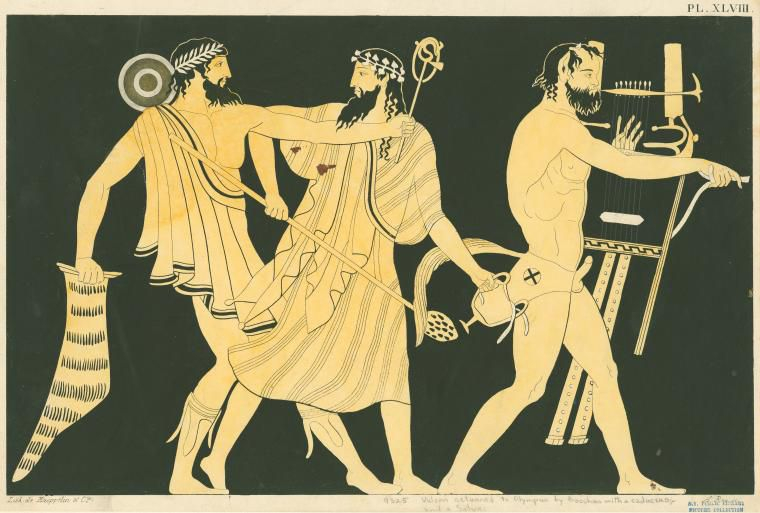
Source: ThoughtCo 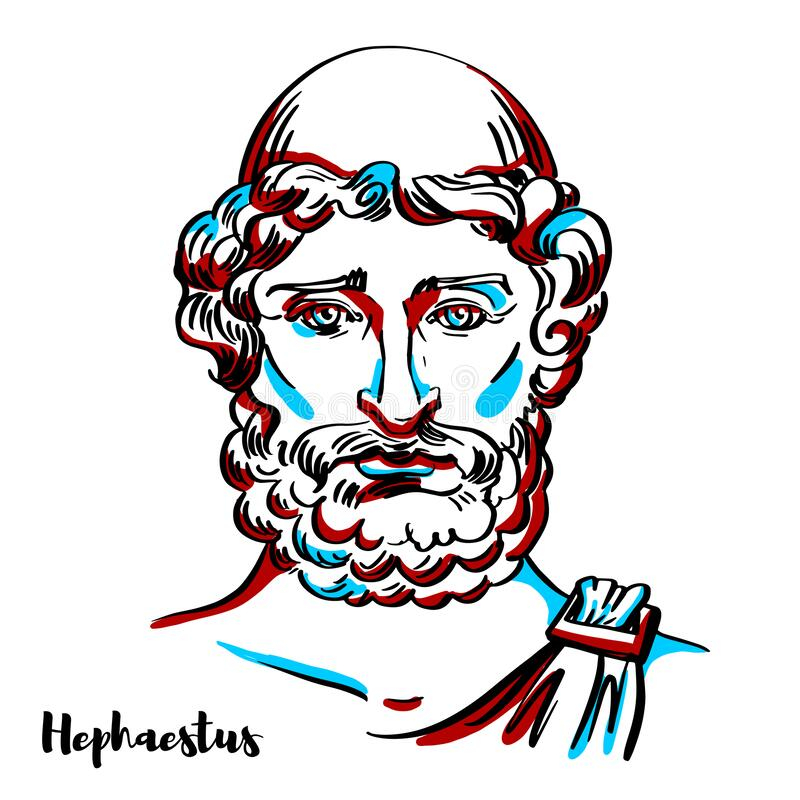
Source: Dreamtimes -
In most Greek stories, Aphrodite, the goddess of love, gender, and beauty, is recognized as the spouse of Hephaestus. However, although it is known that couples have multiple offspring other than marriage, they do not give birth to children together. Periphetes, sometimes called Corynetes (Club Bearer), is said to be the son of Anticlea's Hephaestus. Periphetes was lame on one leg like his father, and his one eye was like a cyclops. Hephaestus is said to have raised three sons (Cabeiri) and three Cabeiri nymphs with the sea nymph Cabeiri while on the island of Lemnos. It was known that these gods were worshiped in a mysterious cult closely related to the Hephaestus cult.
There are other lesser-known children due to Hephaestus, but the most well-known of his descendants are the legendary early rulers of ancient Athens, believed to be half-human and half-snakes. This is Erichthonius. Erichthonius is said to have been born on Earth and raised by Athena herself. According to mythology, Hephaestus once tried to impose himself on Athena in a crazy desire. When the virgin goddess struggled to push him away, some of the sperm of Hephaestus fell on her thighs. Athena wiped her seeds with her wool and threw a cloth from Olympus. When the cloth landed on Earth, Gaia, the goddess of the Earth, accidentally infiltrated the seeds of Hephaestus, and Erichthonius was born. Athena later raised her child as her own.
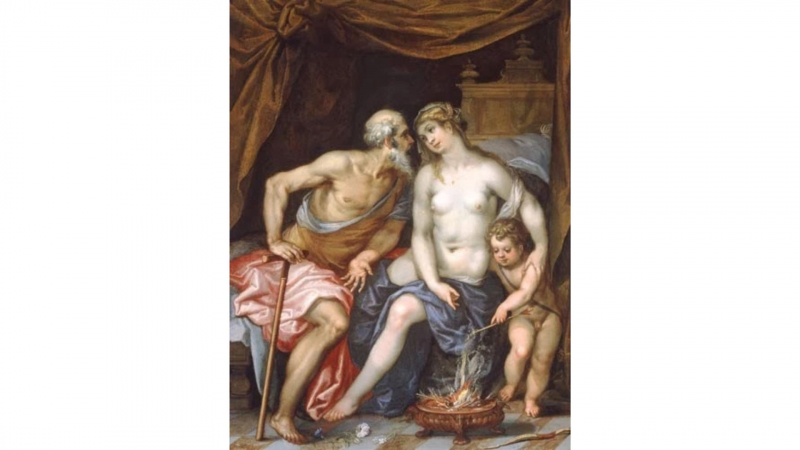
Source: eiriniligia.wordpress 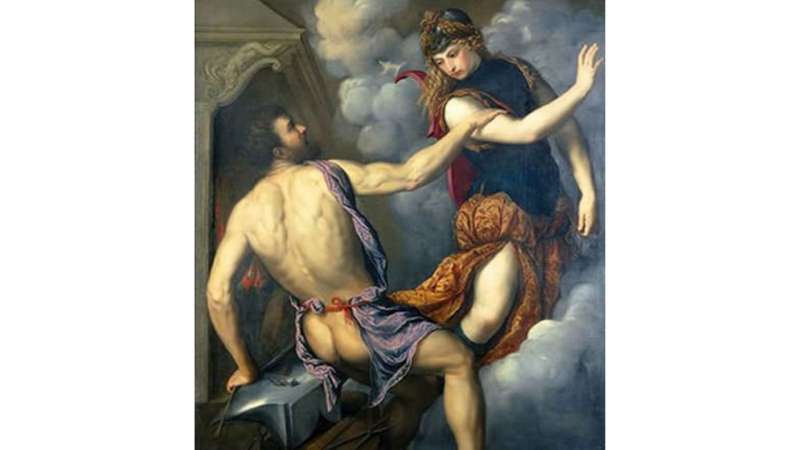
Source: learnodo-newtonic -
The last one in the top 10 interesting facts about Greek God is that the temple of Hephaestus still stands mostly intact. Located on the northwestern side of the ancient Agora of Athens, the Temple of Hefaestus still stands almost intact on the hills of Agoraios Kolonos. The structure of the temple, built between 449 and 415 BC, is a Doric peripteros with 6 rows on the short side (east and west) and 13 rows on the long side (north and south).
Another great ancient memory of Hephaestus is on the north coast of Lemnos Island in the Aegean Sea, where his cult was maintained. The ruins of Hestia, a port town named after the god of blacksmiths, house a Greek theater dating back to the 4th century BC. The 200-seat Greek theater has been rebuilt. In 2010, perhaps 2500 years later, a play (King Oedipus, King of Sophocles) was performed here. Athena later raised her child as her own.
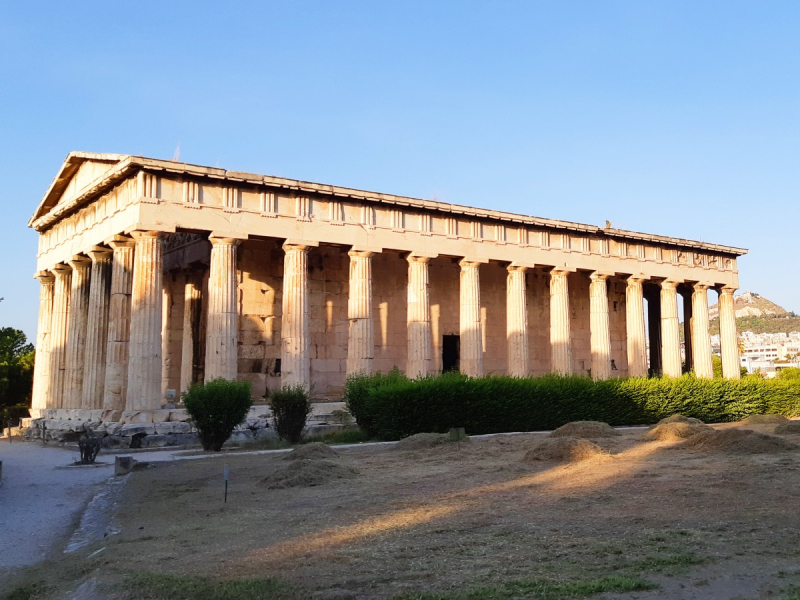
Source: Real Greek Experience 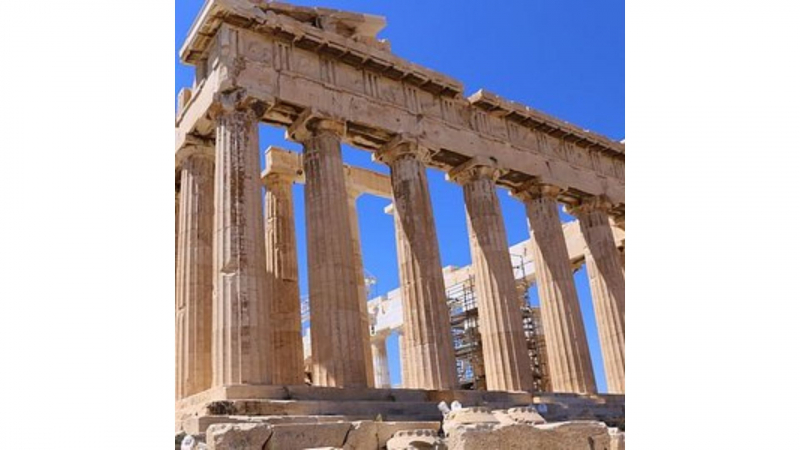
Source: TripAdvisor












